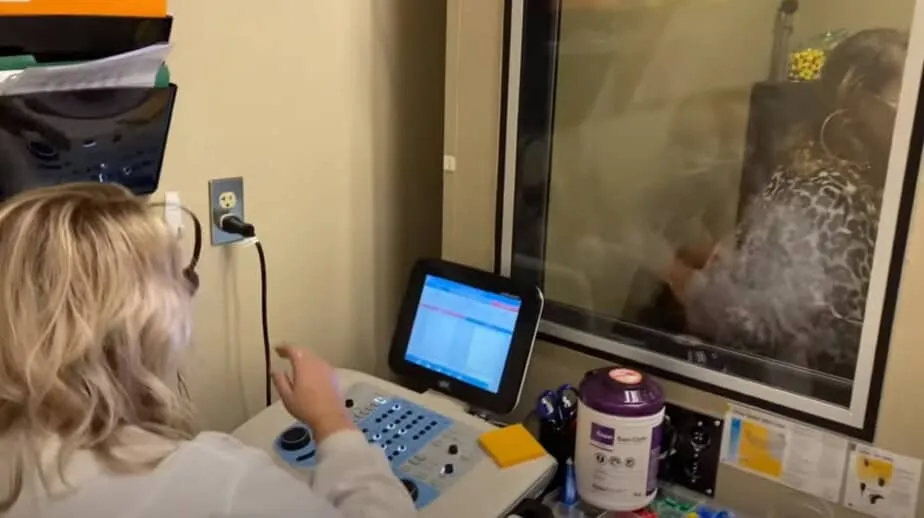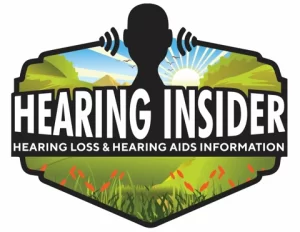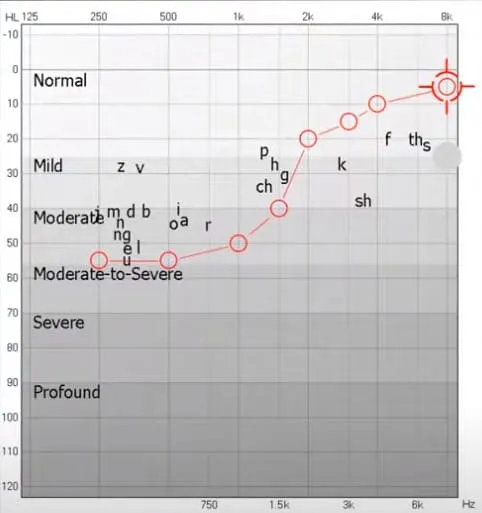A widespread problem that affects individuals of all ages, hearing loss has various root causes such as the natural aging process, exposure to excessive noise, and specific medical conditions. The condition encompasses different forms, including sensorineural hearing loss, conductive hearing loss, and a combination of both. This article, however, will delve into one specific type of hearing loss – the reverse sloping hearing loss.
What is Reverse Sloping Hearing Loss?
Reverse sloping hearing loss, also referred to as downward sloping, is a unique form of sensorineural hearing loss where individuals have better hearing ability at high frequencies and a progressively worsening ability to hear at lower frequencies. This type of hearing loss is rather uncommon, affecting only about 5% of those diagnosed with sensorineural hearing loss
Causes of Reverse Sloping Hearing Loss
The underlying causes of reverse sloping hearing loss are yet to be fully understood, but it is believed to stem from damage to either the cochlea or the nerve pathways that carry sound signals to the brain. Potential contributing factors to the development of this type of hearing loss include hereditary predisposition, autoimmune disorders, and the use of certain medications.
Symptoms
The symptoms of reverse sloping hearing loss can be challenging to recognize as they differ from those of other types of hearing loss. Those affected by reverse sloping hearing loss may struggle to hear low-frequency sounds like speech and ambient noise but retain their ability to hear high-pitched sounds such as alarms and birdsong. They may also suffer from tinnitus, characterized by a ringing or buzzing sensation in the ears.
Diagnosis
The diagnosis of reverse sloping hearing loss can be established through a hearing test, commonly referred to as an audiogram. The test involves the presentation of sounds with varying frequencies and volumes through headphones, and the individual being tested indicates the sounds they can hear. The results of the test can help determine the type and degree of hearing loss, including whether it is reverse sloping in nature.

Treatment
Unfortunately, reverse-sloping hearing loss cannot be fully cured, but there are several treatment options available. These include the use of hearing aids and assistive listening devices. The most appropriate treatment option for an individual with reverse sloping hearing loss will vary based on their unique needs and the extent of their hearing loss.
Disclaimer
The information provided in this article is for educational purposes only and is not a substitute for professional medical advice, diagnosis, or treatment. If you are experiencing hearing loss, it is important to seek the advice of a qualified audiologist or healthcare professional. If you need help finding an audiologist check out ZipHearing who can set you up for a local audiology appointment.

